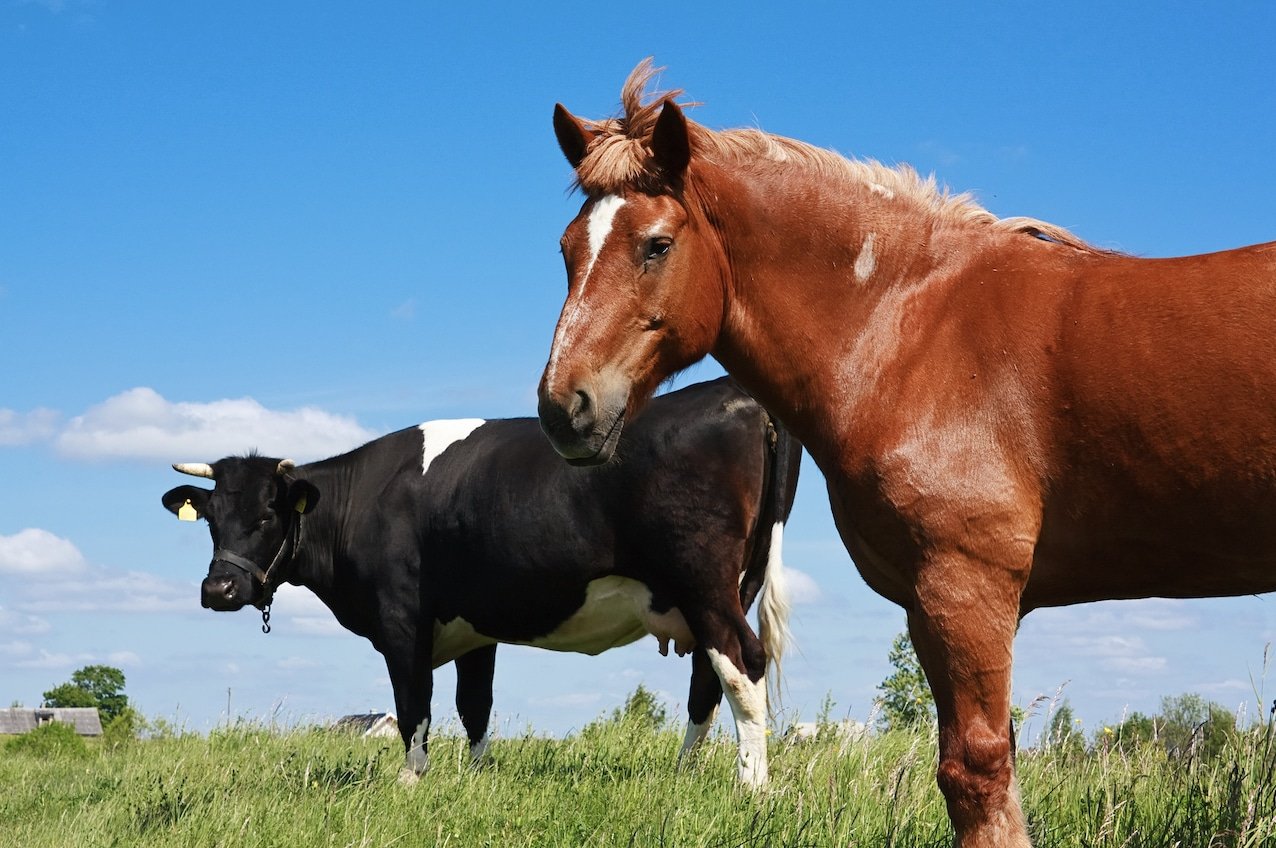
Are you feeding your horse like a 20th century human?
As I mentioned in the previous post, horses survive and thrive all over the world, in all kinds of terrain and climate, many of them very harsh. This is possible because it has evolved a very efficient digestive system that can eke out a living just about anywhere.
Efficient = good, right? Well, that’s completely dependent on the situation. In a free-range environment where food is fairly scarce with long traveling distance in between, efficiency of digestion and absorption is certainly a useful thing. But in a domestic environment, with little room or reason to roam and ample access to nutrient-dense feed, efficiency, which manifests as sensitivity in such an environment, can translate to insulin resistance, leaky-gut, malabsorption, Cushings, obesity, and a whole host of illnesses, issues and symptoms which may never be diagnosed as nutritional.
Consider this: imagine you are a member of a traditional culture that, for as long as anyone can remember, has subsisted on a particular diet of simple, whole foods and a routine of meaningful, gentle, but ample exercise. Everyone in your family group is vigorous and healthy, as their bodies are adapted to this clean and minimalist food and outdoor life. Then, you are forced to move to a busy, modern city. You have to live in a cramped apartment and eat processed foods from the supermarket, high in carbohydrates, hydrogenated oils, toxins, colourants and preservatives. What happens in your body? Though the processed food initially tastes good, over time it will accumulate, wreaking havoc on your healthy gut lining and killing the beneficial bacteria that maintains it. Toxins and chemicals will enter your bloodstream. Maybe you’ll get headaches, stomach pain, or allergies, or maybe eventually you’ll be diagnosed with insulin resistance or diabetes.
Horses (and, many argue, humans, but that’s another story) are still carrying their wild biology. Their dietary needs have not evolved much in the 6000 years we’ve been hanging out with them. Though we have different digestive needs, the same health problems we have given ourselves are now cropping up in our companion animals. The hay we feed them is almost always too high in carbohydrates for their sensitive systems. On top of that, we supplement with commercial feeds made with hydrogenated oils, more sugar, GMO products, and all manner of binders and preservatives.
…or are you feeding your horse like a cow?
The vast majority of modern hay is grown for cattle consumption, because that’s the largest market for hay farmers. So you’re feeding your horse cow hay – they’re both herbivorous, grazing animals, what’s the problem? Well, most cows are being raised either to get nice and fat before slaughter, or to be able to produce more milk than has ever been naturally possible. Longevity is really not in the picture. If you are raising your horses for milk production or meat, then it makes perfect sense. If you want your beloved companion to live happy and healthy well into his 20s or 30s, however, then you might want to reconsider. Pregnant and lactating mares as well as athletes in training may benefit from higher sugar content, but most horses simply do not have these energetic requirements.
There are many factors that influence sugar levels in hay, including seed type, soil, weather and temperature during growth as well as at cutting time, exposure to sunlight, time of day the grass was cut, and drying procedures.
This leads to the question, what’s in your pasture? While your horse will undoubtedly tell you that eating lush green grass is a great idea, the paradox is that the sugars contained in the concentrated forage contained in most pastures can be extremely damaging to a metabolic or laminitic horse. Limited grazing can be safe and beneficial, but it all depends on your individual horse’s needs.
So what do we do?
I know it may seem like I’ve delivered a heap of bad news, and I wish I could tell you it’s even the half of it. It’s a good start, though, and next post I will give you tips and resources to not only improve the health and wellbeing of your companions, but also to educate yourself further so you can continue to meet their biological needs. Click here for Part 3!
Miss the first post? Click here for Part 1!
A barefoot hoof trimmer, a singer/songwriter, an amateur farmer – these are some of the hats Kesia Nagata wears when she’s not full to bursting with wondrous equine co-creation.







